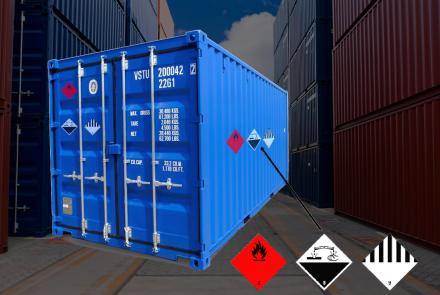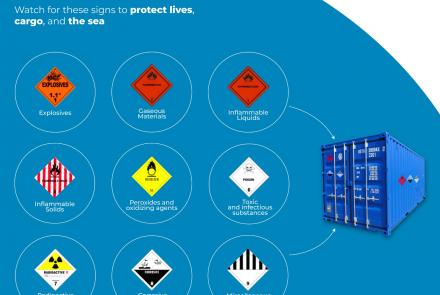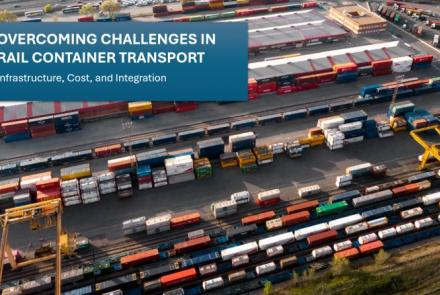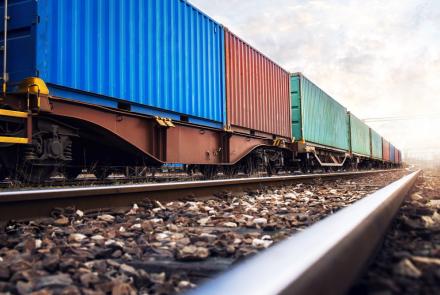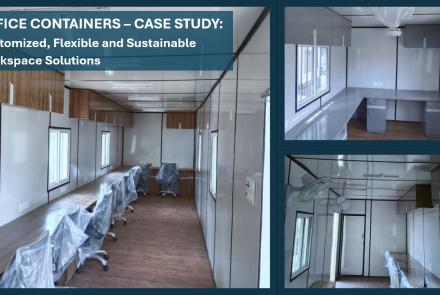Where did all the containers go?
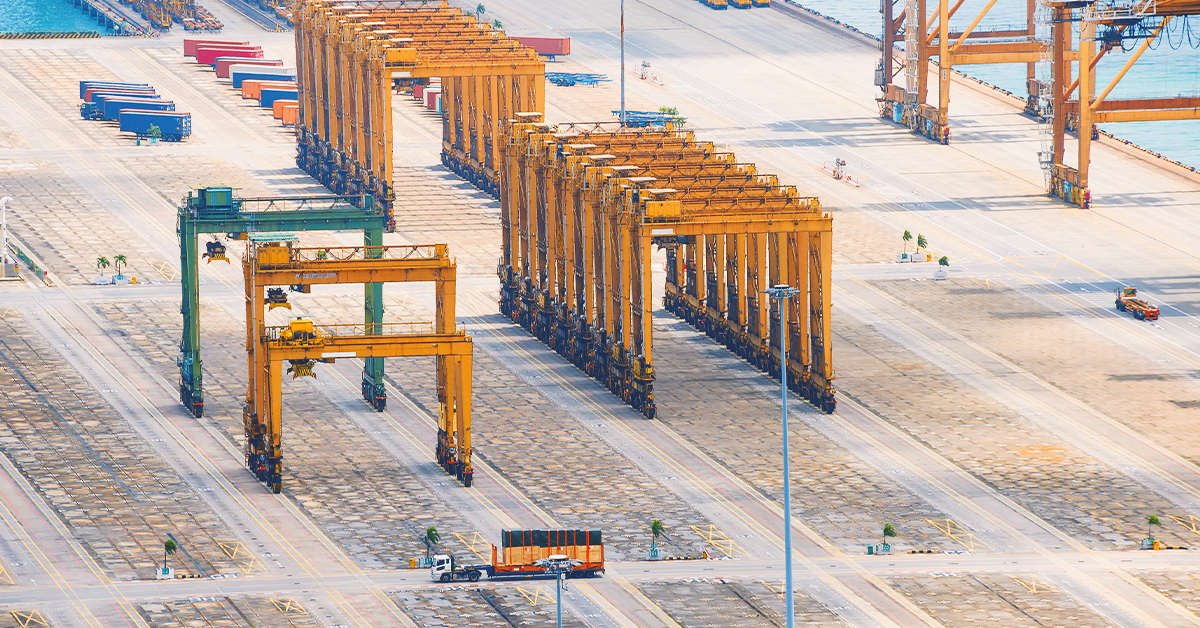
2021 has started with a global shortage of containers and vessel space on container vessels. There are a number of reasons that led to this ‘perfect storm’ that has left importers and exporters around the world scrambling for containers. A few of them are below:
- A shift in spending patterns: With lockdowns around the world due to the COVID19 pandemic, disposable income that was otherwise spent on travel, pubs and restaurants is now being spent on buying physical goods. And in our globalised world, since most products come from other regions, this has resulted in the demand for containers to shoot up.
- Restocking: When the countries opened up from the first lockdown, sellers were rushing to restock their shelves and ordered in much larger quantities than they usually do.
- Supply chain congestion: This sudden surge due to the above 2 factors has caused many nodes of the global supply chain (like warehouses, depots etc) to choke up. What has made matters worse is that when the second wave of lockdowns hit countries, the movement of cargo was hampered yet again causing cargo and containers to be stuck along the supply chain.
- Port congestion: The above factors and the reduced availability of dockworkers and truckers due to lockdowns mean that containers being imported into these ports (particularly in the US and Europe) are taking longer to offload their cargo at their final destinations. This, compounded with the increased flow of cargo meant that many ports are operating at full capacity. As a result, the dwell time (the amount of time a ship spends in port) of vessels at ports around the world has increased significantly. Ports such as Singapore and Los Angeles saw dwell times of over a week in Feb 2021, up from around 1-2 days normally.
- Longer voyages: Port congestion is resulting in voyages taking a lot longer than they used to due to the increased waiting time at each port. Depending on the number of port calls in a particular voyage, the delay could extend to weeks.What this means is that containers are not returned to the port of loading (mostly China and other parts of Asia) as fast as they used to. This has caused acute shortages of containers in these locations.
- Blank sailings: A consequence of the congestion in ports is that in many cases, shipping lines end up skipping some ports to avoid further delays. What this means is that containers which were to be offloaded at that port remain on the vessel, and those that were to be on loaded to the ship at that port end up stuck in the terminals. This further messes up the supply chain as containers now have to wait for the next vessel or are transported to alternate ports from where they can be loaded. All this means that cargo is delayed and that exporters have even less access to empty containers.
- Empty repositioning: Apart from blank sailing, another thing carriers have been doing is moving containers empty from the west to the east (USA to China for instance) to try and feed the hunger for containers in China. These are containers that would have otherwise stayed in the US for a while to load exports from there. While this tries to ease the shortage problem in China, it creates a new problem for exporters from the West who have no containers to load their cargo in.
In short, the number of containers in circulation globally has not changed dramatically. It is just that most of them are stuck with cargo at different points in the supply chain and are not where they are needed. As there are so many factors at play it is hard for anyone to predict exactly when things will normalise but the expectation is that the worst is over and the situation will slowly start to improve over the course of 2021.
- Log in to post comments


